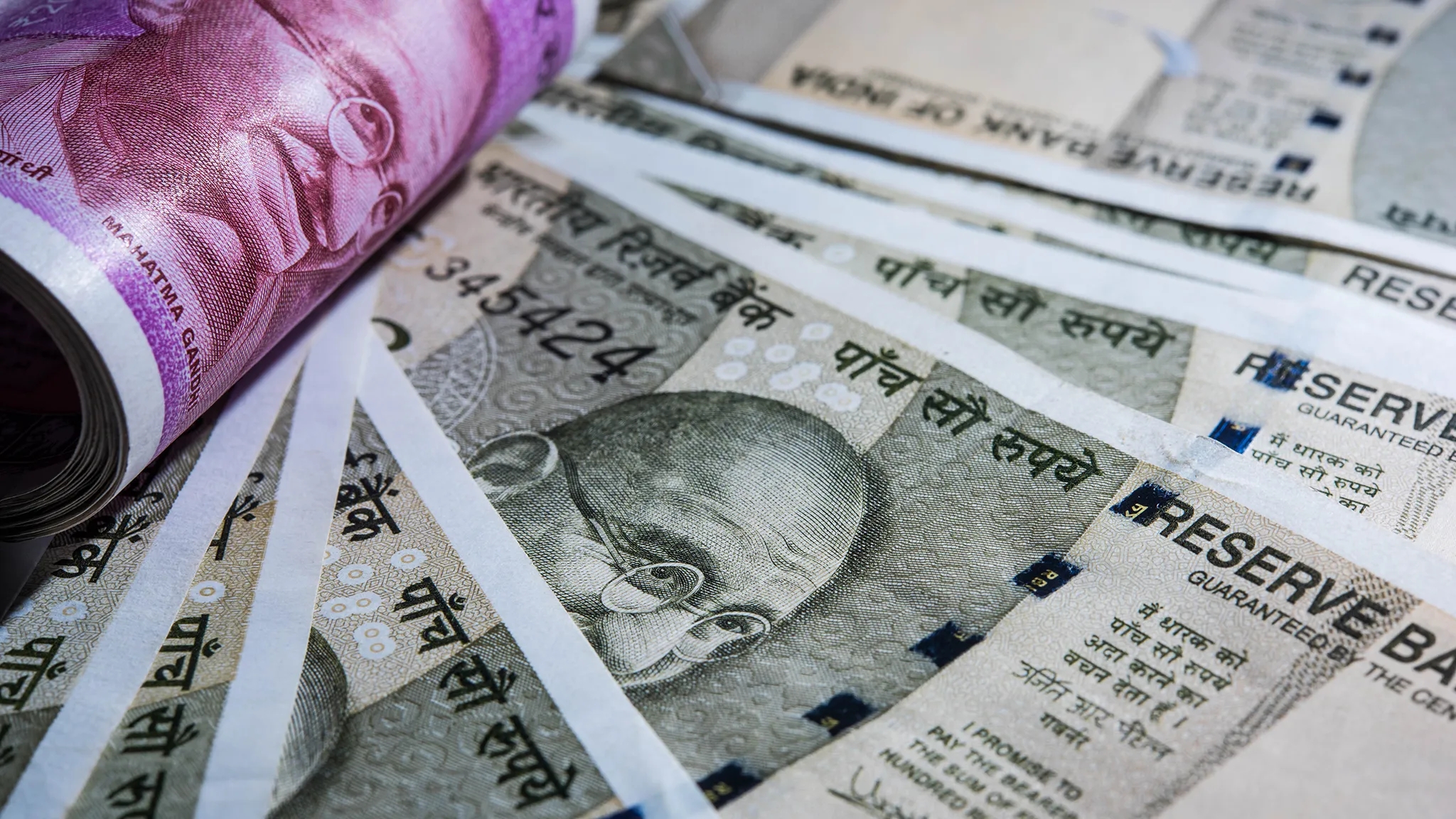Markets and policymakers are in a perpetual dance, each keeping the other in check. When markets become irrational, policymakers step in to restore order. Conversely, when policymakers overreach, markets are quick to remind them of their limits. Sometimes, markets even have the power to unseat policymakers, as seen with the swift exit of UK prime minister Liz Truss after her tax cuts rattled the bond market. But what occurs when confusion reigns supreme, and the lines of influence blur?
Market’s Tug of War
US President Trump’s policy decisions, particularly tariffs, have sown uncertainty, leaving investors guessing about economic direction and central bank responses. This confusion ripples across global foreign exchange, bond, and equity markets. The US bond market is caught between fears of inflation, driven by tariffs, and potential recession, unsure of how to react. Despite widening fiscal deficits due to tax cuts, the US dollar’s reserve currency status sustains demand for US treasury bonds, ironically making them a safe haven from the very uncertainties Trump’s policies create. This peculiar situation raises questions about who is truly disciplining whom in this global economic tug-of-war.
This dollar dominance puts pressure on other currencies, necessitating central bank interventions to maintain stability. The Reserve Bank of India (RBI) has been actively involved in such interventions. Meanwhile, equity markets, globally and in India, reflect this uncertainty. Indian stock valuations are adjusting to global headwinds and domestic earnings concerns, leading to recent market corrections. While US markets, buoyed by tech giants, show resilience, a correction in mid and small-cap segments in India suggests a move towards more realistic valuations.
Tax Relief for the People
Back home, there’s welcome news on the taxation front. The Indian government’s Budget 2025 brings significant income tax relief under the new tax regime. The exemption limit has been raised to ₹12 lakh, effectively ₹12.75 lakh after standard deduction, meaning no income tax for many. The rebate under Section 87A has also increased to ₹60,000, with the income threshold raised to ₹12 lakh. Importantly, capital gains are excluded from rebate calculations but will be taxed separately. This move is a substantial boost for taxpayers, increasing disposable income and potentially stimulating consumer spending, which could be a welcome fillip for the Indian economy amidst global uncertainties.
India’s Smart Move
In a world grappling with economic uncertainties and market jitters, India’s budget offers a dose of stability and relief. While global markets wrestle with policy confusion and valuation corrections, the Indian government’s tax revisions are a savvy step to bolster domestic consumption and provide much-needed financial ease to its citizens. This timely intervention could act as a buffer against global economic headwinds and foster a more robust internal economic environment. The focus on tax relief signals a pragmatic approach to navigate the current global economic landscape, prioritising the financial well-being of its populace and the dynamism of its domestic market.
Will this tax relief be enough to fully counter global market volatility? Perhaps not entirely, but it certainly provides a strong foundation. For Indian markets, this domestic boost could be the anchor needed to weather the storm of international economic currents and emerge stronger.










Leave a Reply